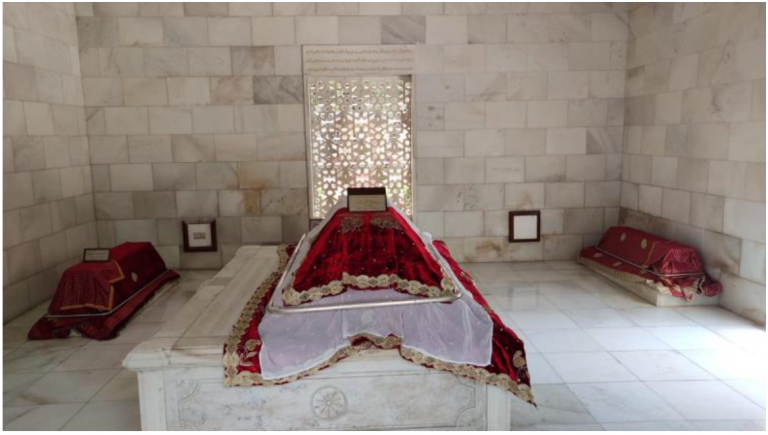
M. Dawood Mirza
Fate would decree that serious malady befell Syedna Jalal RA towards the end of his predecessor, al-Dai al-Ajal Syedna Yusuf Najmuddin’s RA reign, who was in Yemen at the time. In view of Syedna Jalal’s RA critical health, some travellers who had reached Yemen suggested that he may have already succumbed to his ailment or would do so shortly. With unparalleled conviction, Syedna Yusuf Najmuddin RA declared that Syedna Jalal remained his successor and would, as ordained, ascend the throne of Dawat, without doubt. Time would vindicate this conviction, and Syedna Jalal Shamsuddin RA, in his short tenure of approximately four months as al-Dai al-Mutlaq, subsequently appointed not one but two successors glorifying the sacred act of nass.

A testament to the glory of Syedna Jalal includes holding the unique privilege of being graced by the deedar mubarak of the illustrious countenance of Imam al-Zamaan AS twice in his sharif manaam (revered dream). In the first instance, Imam AS conveyed news of Syedna Yusuf’s RA passing after having conferred nass upon him. When being graced the second time, Imam SA instructed Syedna Jalal RA to declare nass upon his successors, al-Dai al-Ajal Syedna Dawood bin Ajab RA and al-Dai al-Ajal Syedna Dawood bin Qutub RA. Justice required that this legacy of conferring nass should be preserved for generations to come who shall continue to witness the same glory in all his successors in Hind, as past generations witnessed in Yemen. Syedna Mohammed Burhanuddin, RA by constructing a magnificent monument over Syedna Jalal’s RA resting place celebrates this noble, perpetual legacy.
The Qubba Mubaraka and all its elements coalesce to reflect the magnificent era of Syedna Jalal RA. Upon observing the Qubba Mubaraka, viewers find themselves transported to al-Qahera, witnessing al-Jami al-Aqmar in all its glory. The motif of a ribbed shell hood, resembling a sunrise and the spread of light emanating from a central medallion is characteristic of the façade of al-Jami al-Aqmar. This motif can be seen as consisting of sixteen rays emitting from a centre point, the sixteenth being the date of Syedna Jalal’s urs mubarak.

There are notable similarities between Syedna Jalal RA and Syedna Mohammed Burhanuddin RA –both Dais united with their Imam AS on the 16th. Syedna Jalal tirelessly worked for the welfare of mumineen in Hind, as well as for those living in Yemen especially during the turmoil caused by the Ottoman Turks and some Yemeni tribes. In the same manner, Syedna Mohammed Burhanuddin’s RA glorious era saw mumineen reach unparalleled heights of prosperity.
Draped in white, the Qubba Mubaraka resembles a qamar – moon. The motifs of al- Aqmar, luminescent like the moon, remind us that Duat Mutlaqeen SA are akin to luminous moons that radiate the light of the radiant sun, the Imam al-Zaman AS. Furthermore, the inscribed verses from the Quran Majeed inside the Qubba Mubaraka also refer to the emanation of light. The evocative choice of inscriptions and ornaments, along with the general decorative scheme of the Qubba Mubaraka allude to the glory and eternal jalal of Syedna Jalal RA.
Disclaimer–Viewpoints in blog posts do not necessarily reflect those of RadiantArts.
About the author–M. Dawood Mirza is a lecturer at Aljamea-tus-Saifiyah, Karachi and holds an M.Phil. in history from the University of Karachi. Passionate about historical research, he has a published a couple of academic articles and bears a strong liking for Persian language and literature, regularly composing poetry in the same.
Email: d.mirza@jameasaifiyah.edu

Leave a comment
You must be logged in to post a comment.